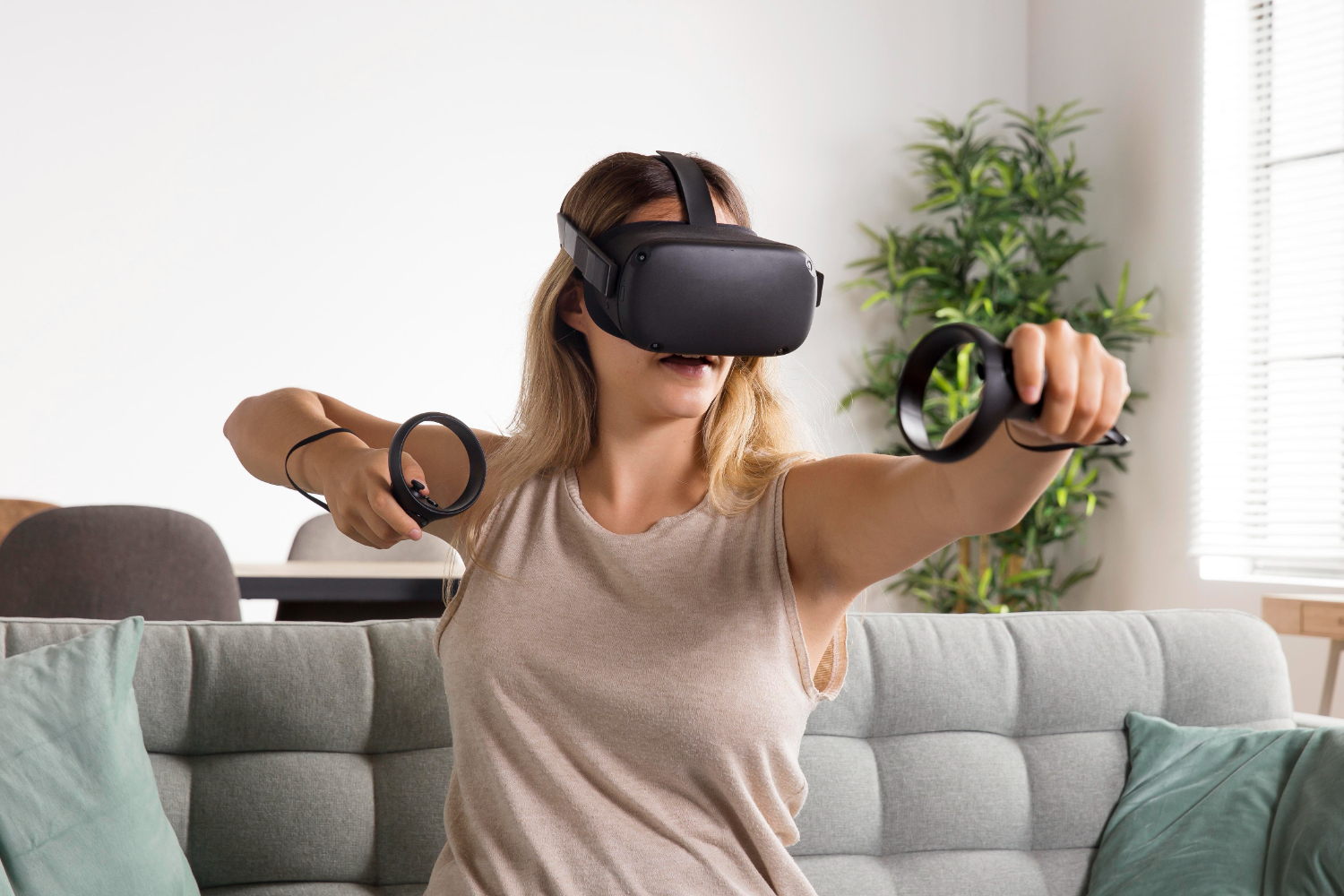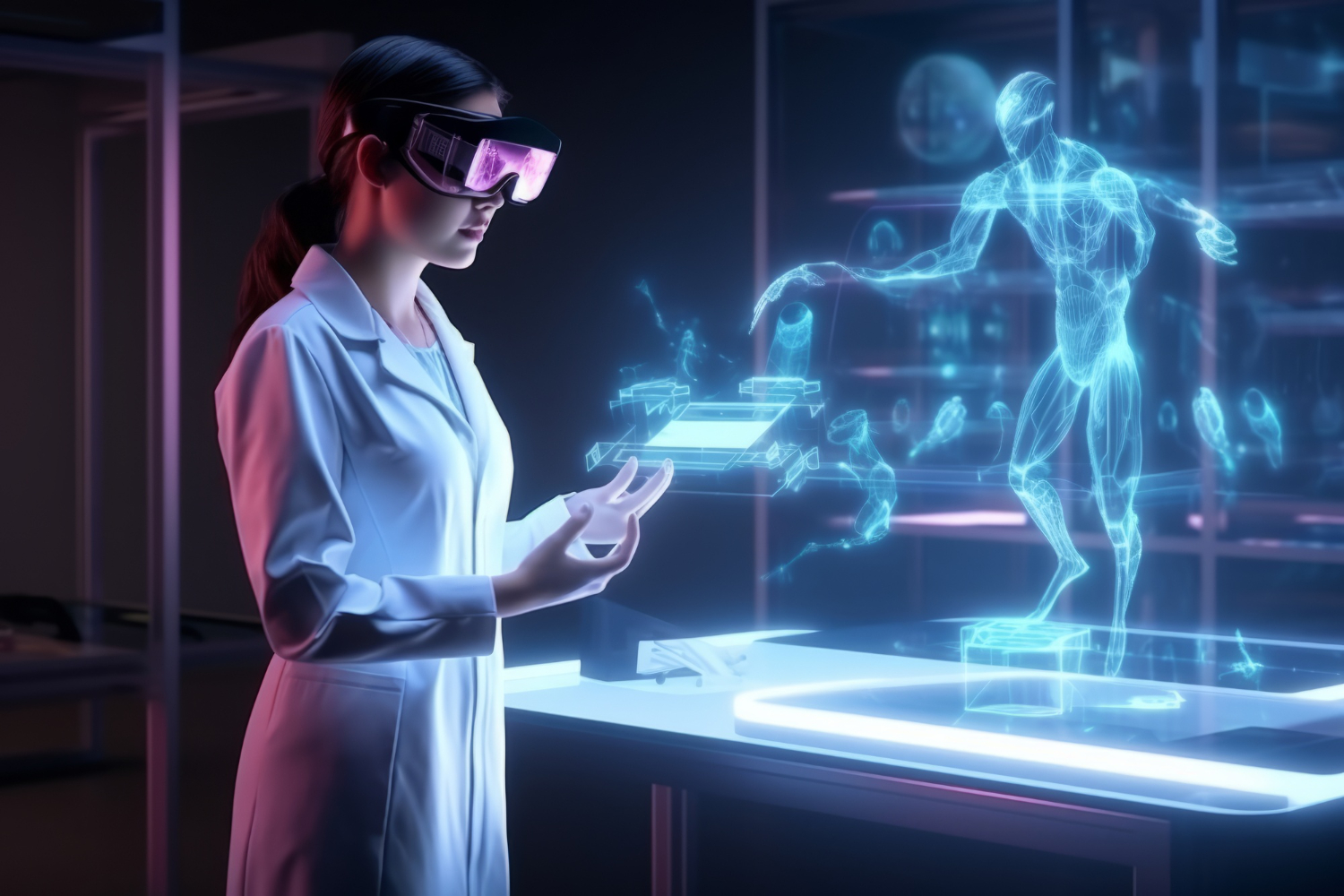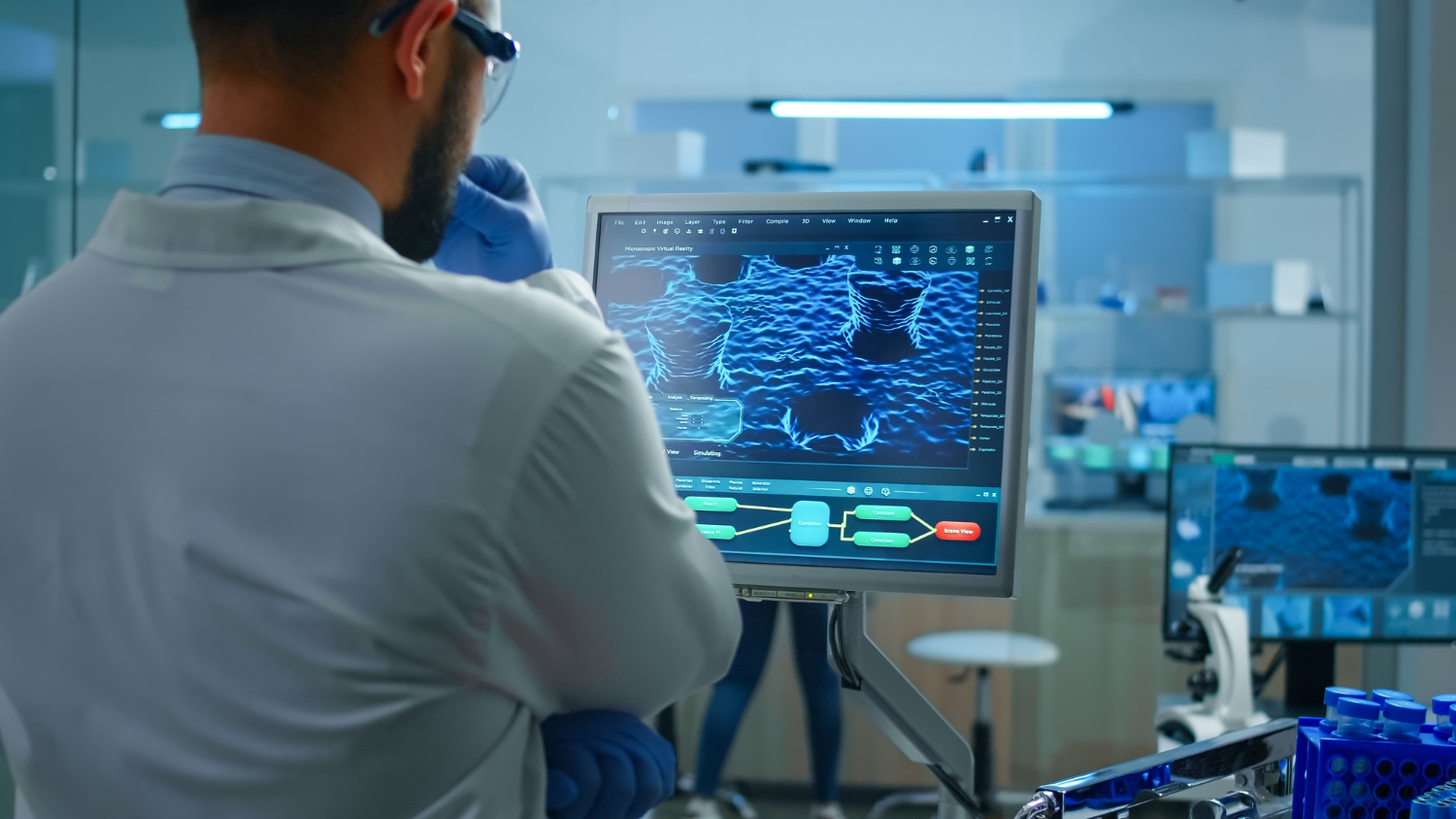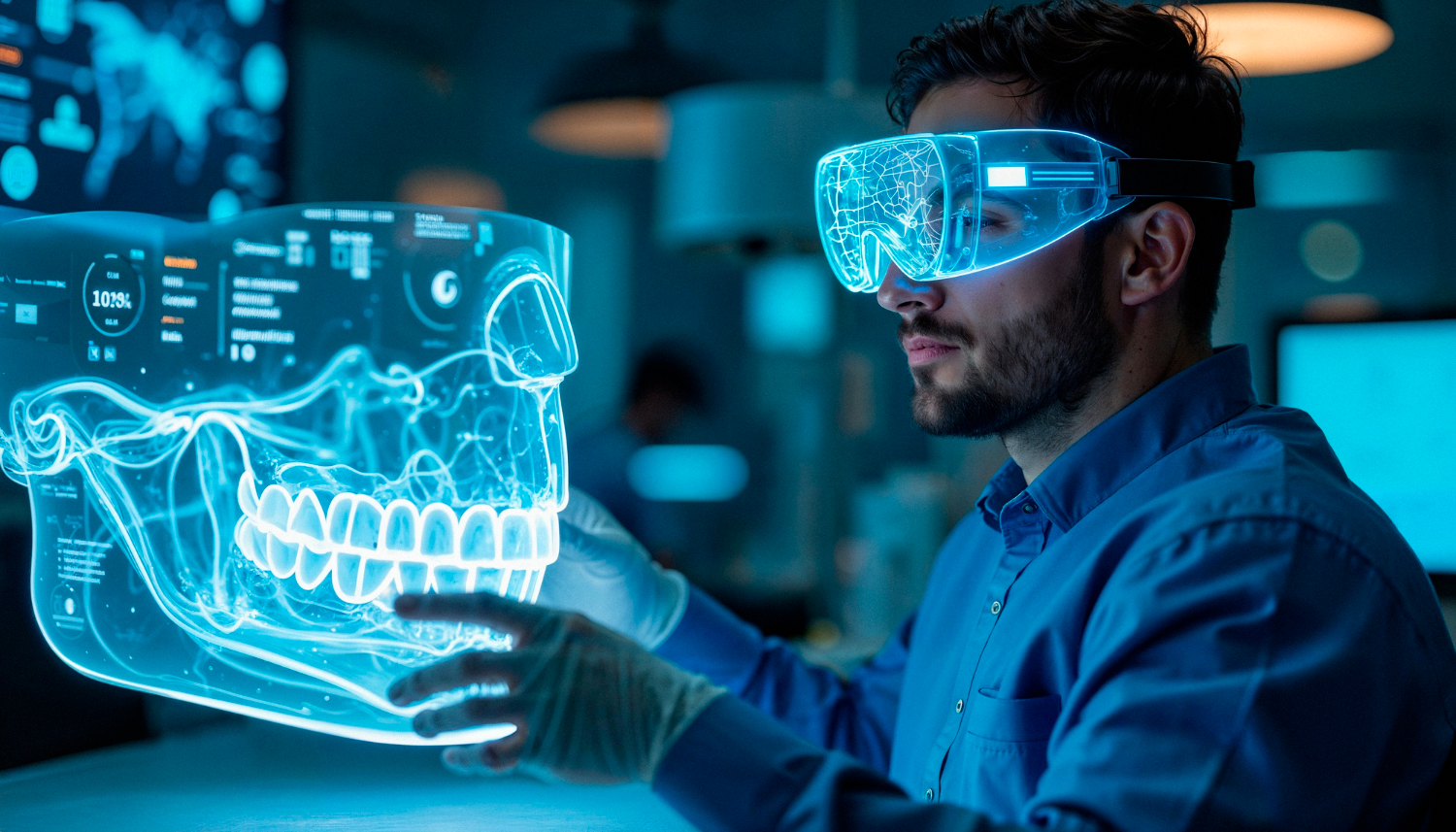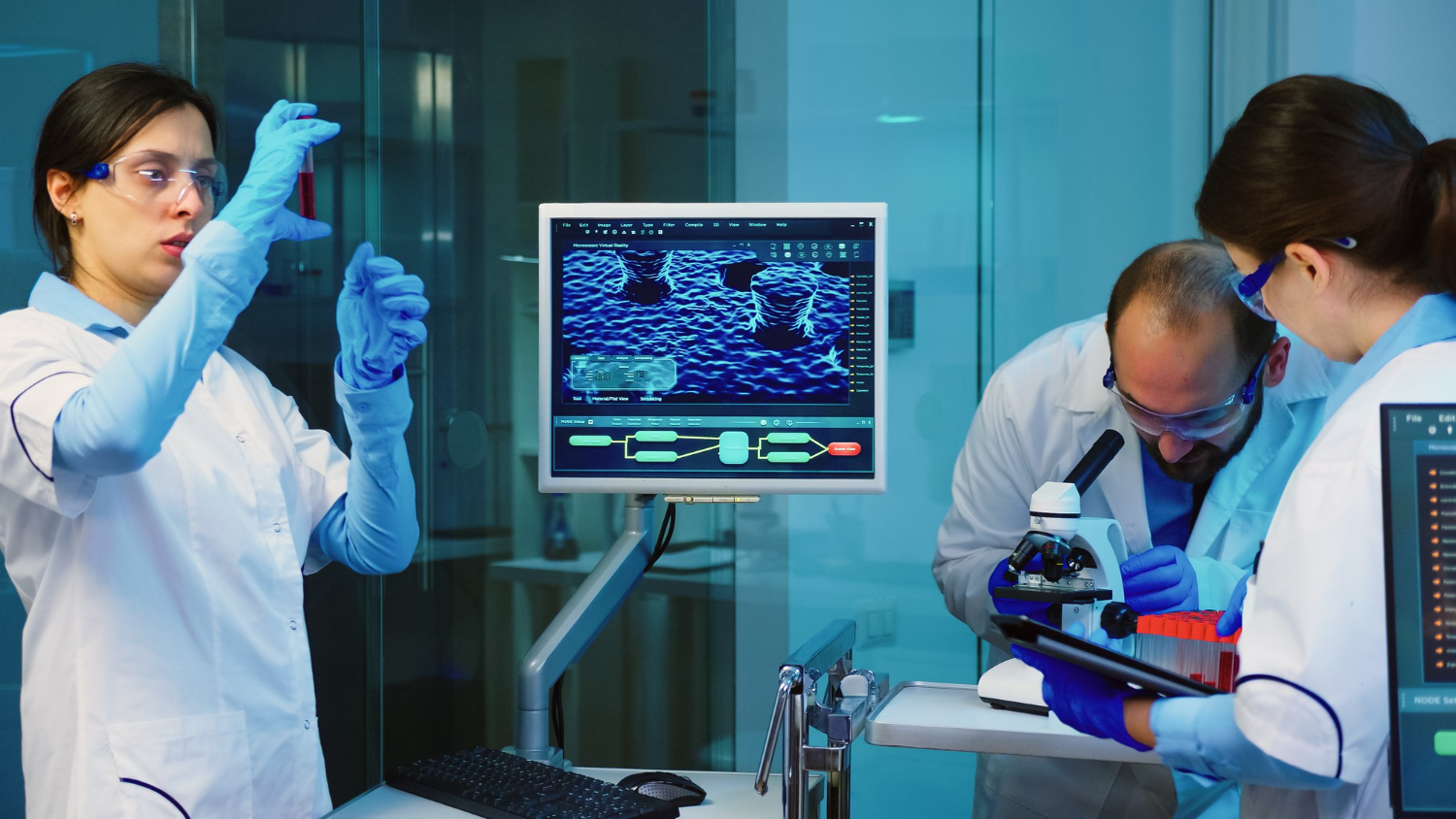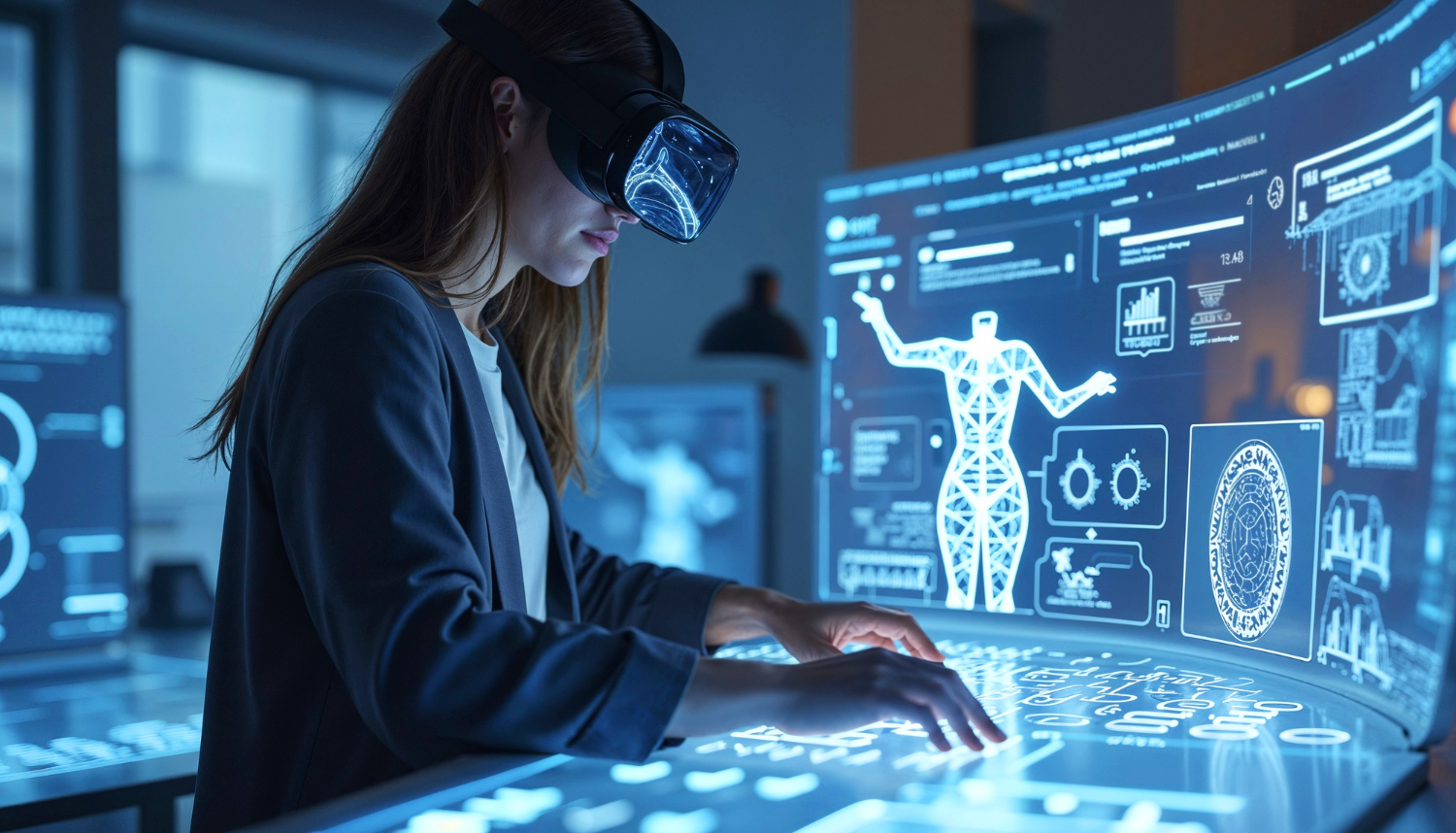Mixed reality is not just for science fiction. It is now part of everyday life. This technology blends the real world with computer-generated visuals.
It connects physical and virtual spaces using digital elements. From mobile phones to high-end headsets, mixed reality is more common than many think.
One clear example is the use of augmented reality apps. These are available on mobile phones. They add virtual images on top of what the camera sees.
This is not full virtual reality. Instead, it adds layers to the physical world. It is a type of mixed reality.
How Mixed Reality Works
Mixed reality sits between augmented reality and virtual reality. It combines parts of both. Users can interact with both physical and virtual items at the same time. This creates reality experiences that feel natural and connected.
A reality headset such as Microsoft HoloLens helps make this possible. It shows computer-generated content in the real world. People can walk around, pick up virtual tools, and see data in real time. The digital content stays in place even if the person moves.
Popular Everyday Uses
Some of the best examples are found in shopping apps. These let people see how furniture will look in their home.
The app places a digital table or chair in the user’s room using the phone camera. This is a mixed reality feature. It adds a virtual object into a real space.
Fitness games using virtual reality also count. These games place users in a virtual environment. The person wears a head-mounted display.
They move and exercise in a digital world. Some systems let the player see parts of the real room too. This is a mix of physical and virtual worlds.
Education uses it too. Schools and training centres use mixed reality to teach science, history, or skills. With Microsoft HoloLens, students can study 3D models while still seeing the classroom. They can look at a digital human heart or see how machines work without leaving their seat.
Video calls are changing too. Mixed reality allows people to meet in a virtual world. They can see each other’s digital avatars. They still talk in real time, but now they can point to digital items or write in the air.
Read more:Mixed Reality - The Integration of VR, AR, and XR
Other Everyday Examples
Some companies use Windows Mixed Reality headsets in meetings. These tools help teams work with 3D models. Designers and engineers can see changes together, even from different places.
On Wikipedia, the free encyclopedia, users can find typical representative examples of how this works. For instance, workers in a warehouse may use a headset to see item locations. This saves time and reduces mistakes. These reality technologies make tasks easier and faster.
Some museums add digital elements to exhibits. Visitors point their phones at a statue and see extra details. This adds more value without changing the physical world.
Maps use mixed reality too. Some apps show walking directions on top of real streets. Arrows appear on the ground as the user walks. This combines GPS, camera input, and virtual signs.
Devices That Support It
Mobile phones are a basic way to try mixed reality. They show simple content but still link physical and virtual things. Apps use the camera to detect flat surfaces. Then, they place objects on the screen that look like they are part of the real space.
More advanced options include head-mounted displays. These cover the eyes and add visuals to the user’s view. They are not fully immersive like some VR and AR systems. Instead, they show both real and virtual items together.
Microsoft HoloLens is a popular example. It is a mixed reality headset. It uses sensors and AI to place digital elements in the real world. The content stays stable even as the user moves.
Windows Mixed Reality is also used for both gaming and work. It supports VR and AR features. People can play games or use 3D tools without special setups.
Read more:Virtual Reality Experiences: A Deep Dive into VR Technology
Everyday Impact
The use of mixed reality is growing. It helps with daily tasks. People learn faster, shop smarter, and work better with it. It brings the digital world into everyday spaces.
These tools save time. They make work more fun. They help people understand things without needing special training. Mixed reality blends the best of both digital and real environments.
How TechnoLynx Can Help
TechnoLynx helps businesses use mixed reality every day. We build tools that add digital content to real spaces. Our team works with mobile phones, headsets, and other devices. We design systems that connect physical and virtual worlds with ease.
If your company wants to improve work, training, or sales, TechnoLynx can build a custom solution. Our experts make sure the results fit real-world use. Contact us to bring smart mixed reality into your daily work.
Image credits: Freepik

